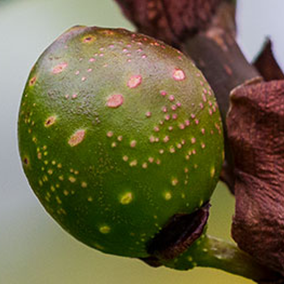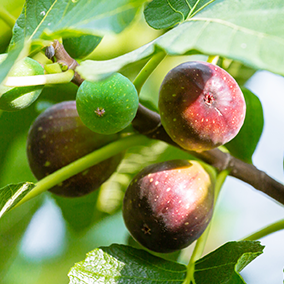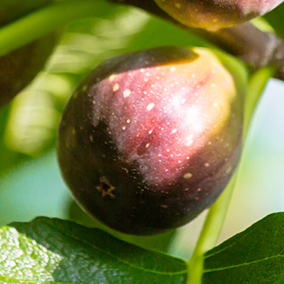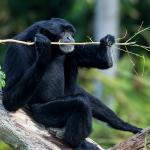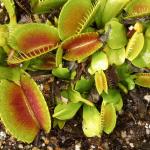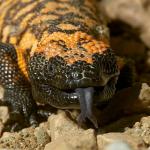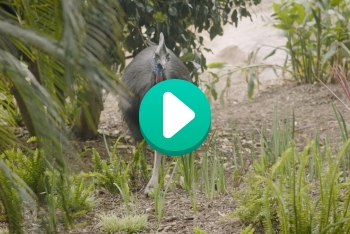
Ficus (figs)

Plants


Some Endangered
facts
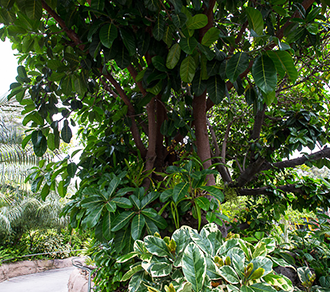
There are more than 800 different kinds of ficus. Some are tall trees, and others are plump shrubs. Still others are climbing, clinging vines.

description
Like a neighborhood—and a grocery store
Ficus trees provide shade, shelter, and food for many types of animals. Crocodiles sometimes dig dens under the roots of figs growing on stream banks. Tree-dwellers like monkeys, birds, and fruit bats enjoy the sweet fruit. Many other animals, including apes, elephants, rhinos, tapirs, and giraffes, eat ficus leaves and stems.
Transformers
Over time, ficus help change their habitat. Their powerful roots can crack and split stone or strangle another tree. It starts when fig-eating animals pass seeds in their poop. (Instant fertilizer!) Some seeds sprout and manage to survive wherever they are dropped. Ficus that start life in the treetops grow long roots that can completely engulf a tree. Seeds that land in rock crevices sometimes become plants with roots that eventually crack and break rocks apart.
A surprise inside
The fig “fruit” is really the fat tip of a stem. Tiny flowers are growing inside. How do the hidden flowers get pollinated? Tiny female wasps wiggle through a narrow opening in the fig, bringing pollen from a different fig to the flowers inside. The female wasps lay eggs inside the fig. After the eggs hatch, the young wasps mate—still inside the fig. As winged females leave, bits of pollen stick to them. They find another fig, bringing pollen from the fig they hatched in. The cycle repeats.

